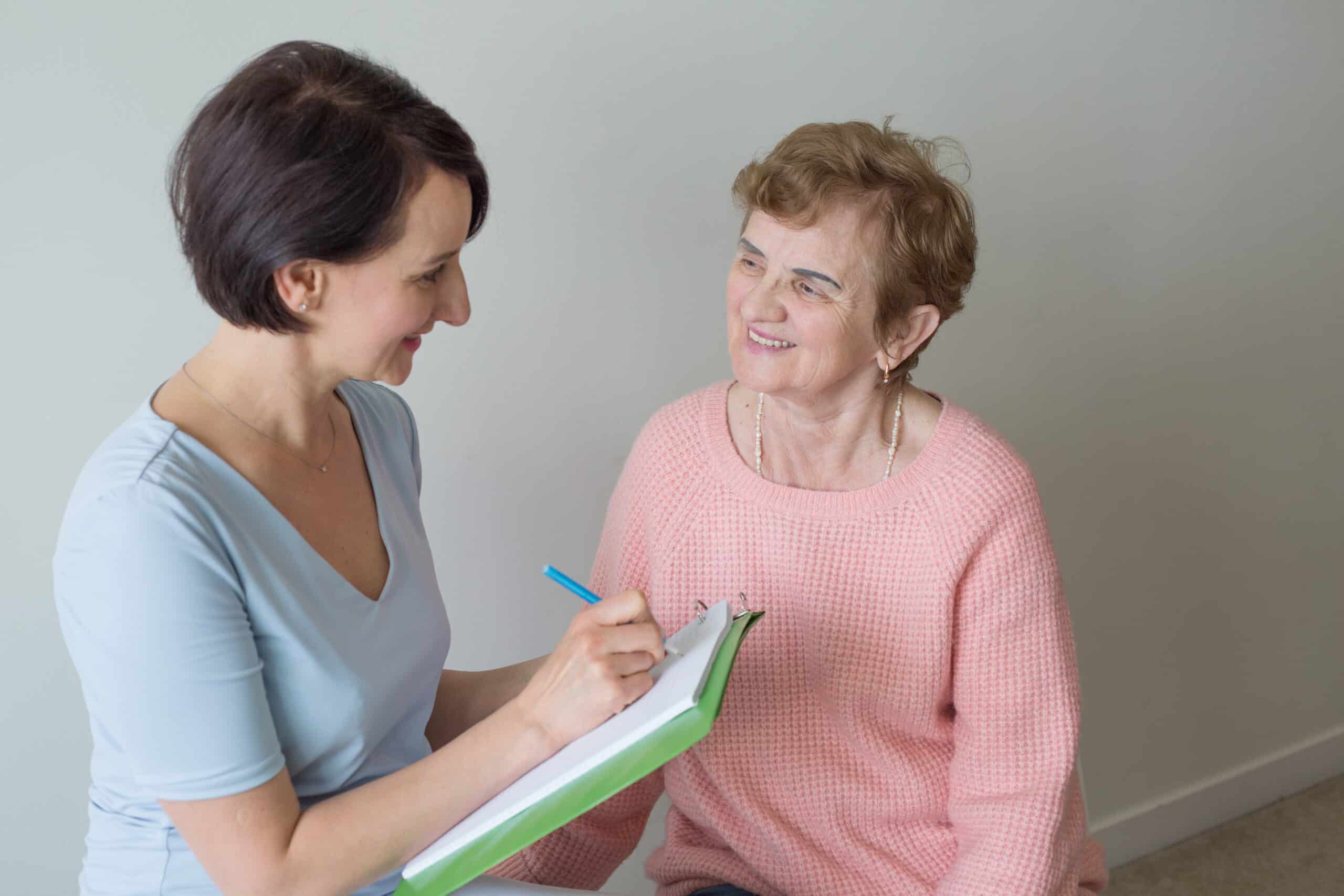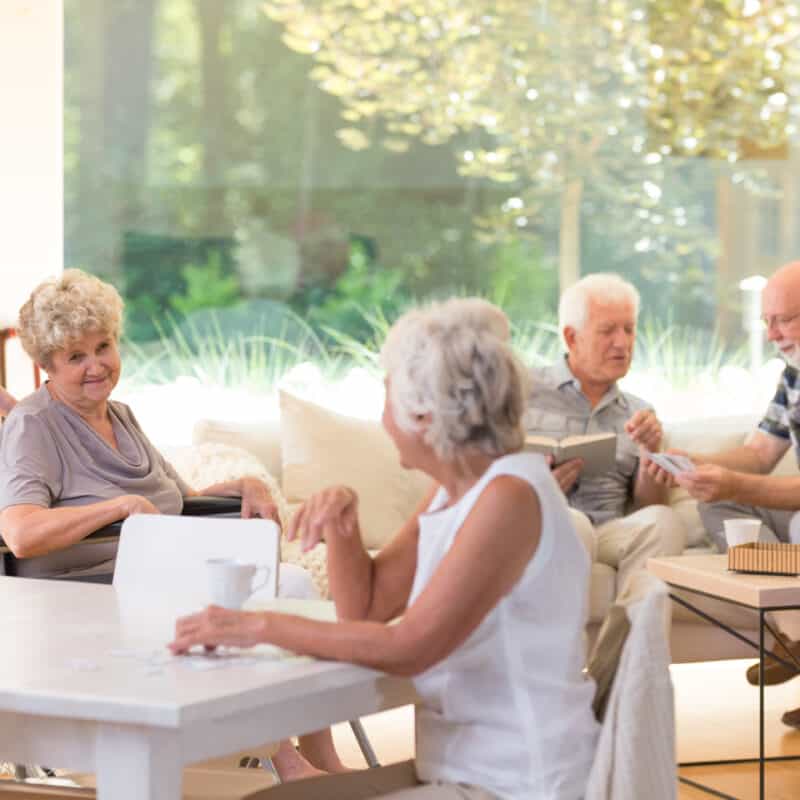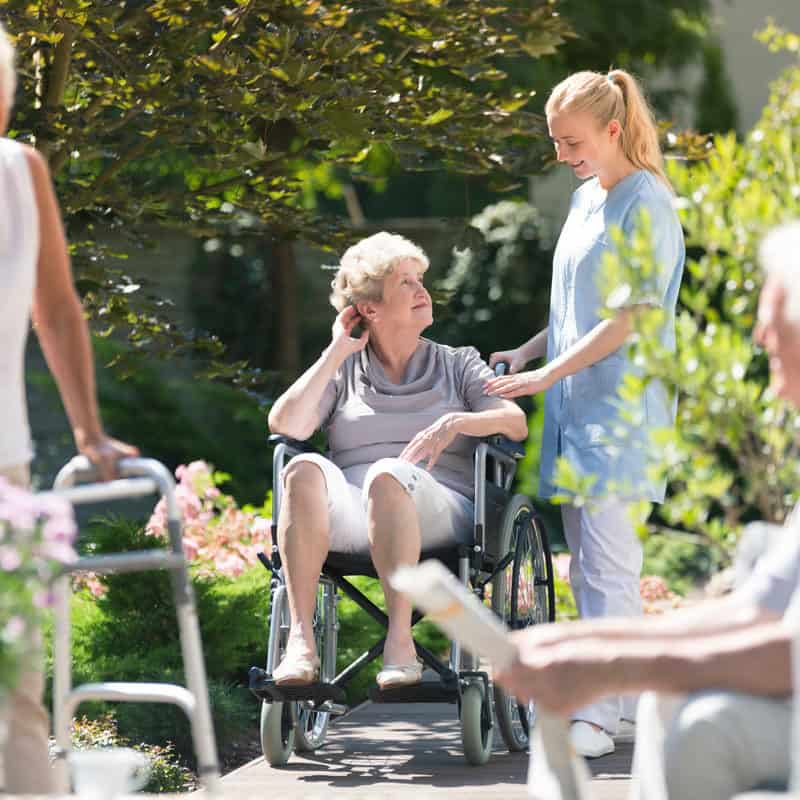Activities of Daily Living: A Checklist For What You Need to Know
We know you want only the best for your loved one. That's why talking to a professional about ADLs can help you ensure your loved one experiences a higher quality of life.

Getting out of bed, brushing teeth, showering, getting dressed… While some people might not give a second thought to such routines, over 1 million people in the United States over the age of 50 require assistance performing these activities, according to AARP.
Considering over 8 million adults in the United States are estimated to be caregivers to adult friends or family members, it pays to know a bit more about these activities of daily living (and whether or not your loved ones require assistance with them).
What are Activities of Daily Living?
Activities of daily living (ADLs), as the name implies, are activities necessary for maintaining an independent lifestyle with a high quality of life. Most younger people are perfectly capable of performing these activities on their own. Those with disabilities or older adults may have a harder time completing ADLs independently, though.
While the exact number of ADLs varies based on who you ask, most authorities list six basic activities of daily living.
What are the 6 Basic ADLs?
The six basic ADLs, or physical ADLs that concern one’s basic physical needs, are:
- Ambulating or functional mobility: To move about freely and safely.
- Feeding: To feed oneself.
- Dressing: To assemble an outfit and put clothes on properly.
- Personal hygiene: To manage aspects of personal hygiene, such as bathing, grooming, and brushing teeth.
- Continence: To control both bladder and bowel movements.
- Toileting: To get to and from the restroom, use the restroom properly, and clean the self properly.

What are Instrumental Activities of Daily Living?
While basic ADLs concern physical tasks, instrumental activities of daily living (IADLs) concern activities that require higher order, complex thinking. Like ADLs, the number of IADLs varies based on who you ask, with many experts listing between seven to twelve.
What are the 12 Instrumental Activities of Daily Living?
The American Occupational Therapy Association (AOTA) recognizes the following twelve IADLs:
- Care of others
- Care of pets
- Child rearing
- Communication management
- Community mobility
- Financial management
- Health management and maintenance
- Home establishment and maintenance
- Meal preparation and cleanup
- Religious observances
- Safety procedures and emergency responses
- Shopping
Activities of Daily Living Checklist
Care needs vary by individual, and some geriatric patients will require greater care assistance than others on a daily basis. Are you considering whether an aging loved one can no longer live alone or otherwise requires the help of healthcare professionals in his or her day-to-day activities?
If so, you should take a look at this activities of daily living checklist, created by Caring for Your Parents (a Kirk Documentary Group, Ltd., Production for WGBH Boston) as a printable PDF. This worksheet can help you better determine the level of assistance your loved one needs.

Other ADL Assessments
Of course, the PBS checklist is just one way to measure how much help your friend or family member needs with activities of daily living. Other ADL / IADL metrics include the following:
- Lawton IADL Scale – this scale is great for determining whether someone has higher or lower levels of functioning when performing IADLs
- Katz Index of Independence in ADLs – this scale helps determine a person’s ability to independently complete ADLs
Why Should You Care About ADLs and IADLs?
Determining how much help your love one needs isn’t necessary just for determining proper eldercare. It’s also incredibly important for determining how much financial support your loved one is eligible for from programs like Medicare or Medicaid. Most insurance companies classify nursing homes and other types of assisted living communities as long-term care or custodial care.
Unfortunately, Medicare typically does not cover long-term care services. However, older people may still qualify for certain Medicare benefits if they cannot perform a certain number of ADLs on their own.
Either way, it’s advisable for the person requiring assistance to have a long-term care insurance policy in order to cover the greater costs associated with long-term care.
Does Your Loved One Need Help with ADLs or IADLs?
While many older adults crave the freedom that comes with independent living, the reality is that sometimes aging loved ones require some level of assistance on a daily basis. Impairment of ability to perform basic self-care activities like feeding oneself not only decreases quality of life, but also the safety of the individual. Familiarizing yourself with local Area Agencies on Aging (AAAs) — which are organizations that can address regional eldercare concerns — will help you better understand what options are available in your community.
We know you want only the best for your loved one. That’s why talking to a healthcare provider or even AAAs about ADLs can help you ensure your loved one experiences a higher quality of life.
Want to learn more about how a Frontier Community can help you or your loved one.
Look for a community near you.



